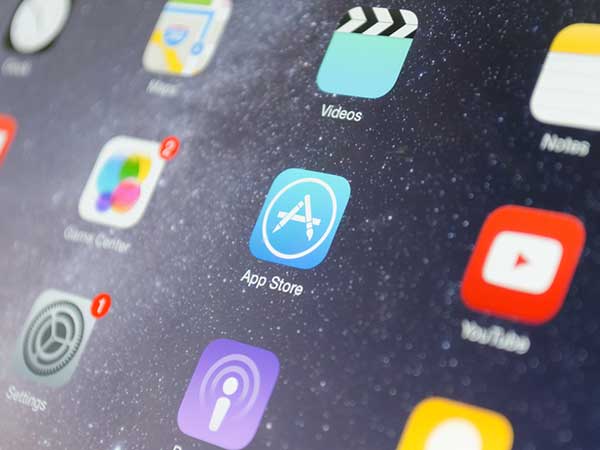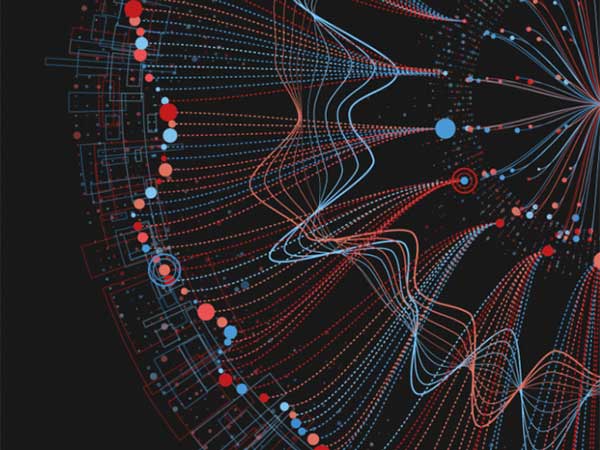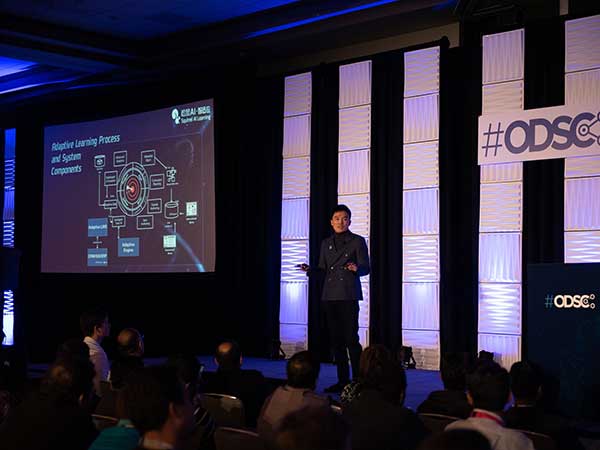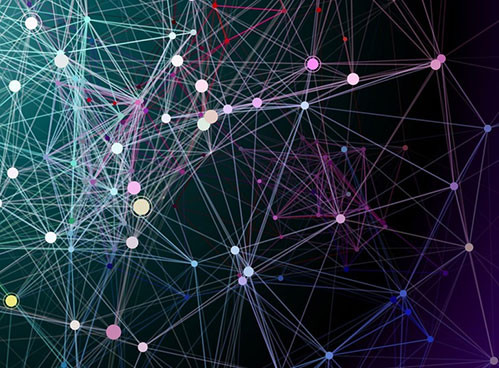Education across the globe today has become a competition. Where institutions vie for the attention of prospective students in order to increase the number of successful admissions. Rapid innovation in technology has made it easier for schools and colleges to reach out to more and more student candidates as the urge to market them intensifies. In order for advanced education institutions to receive the maximum number of accepted candidates, they are adopting the ability to analyze, access and manage vast volumes of data. Colleges now have more complicated ways of collecting and reacting to data about students, so they can target them in more specific ways than ever.
So, with increased competition for gifted students and rising cost of education the pool of potential students remains limited. However, universities are working hard to identify relevant talent pools in order to appeal to suitable candidates. For example, students who are capable of contributing towards the development of the university. In order to identify these talent pools, big data analysis comes in handy.
However, apart from identifying this talent pool, it also several other advantages. Such as improving the decision-making process for educational institutions while examining previous student data. Moreover, world education leaders are applying tools and using proven best practices for business intelligence, financial analytics, predictive analytics and strategy management – all with the set motivation to increase efficiency and improving individual student success.
The prime focus is on developing a data-based architecture that enables the addition of a variety of sources. So that various types of data can be analyzed and put to use. The goal is to broaden the analytics process available and subsequently improve management of the institution and its resources.
These data sources can include – student test results, social media pages and channels, campus sensors and cameras, website browsing patterns, mobile devices, and operational systems. In addition, many educational institutions are investing a significant amount of their budget on research activities to extract hidden ways to collect data they can in turn use to glean actionable insights.
When it comes to data analytics tools in education, there are two key players who play a huge role in the process. First, predictive tools that provide answers to the question, “What is going to happen next?”. Based on what has already happened of course. Second, is prescriptive answers the question: In light of what we believe is going to happen, what are recommendations on how to best respond?
The two dimensions mentioned above allow educational decision makers to recognize patterns and make the necessary decisions based on those projections. University can use big data for so many reasons and in this article; we will dive into all of those reasons. Given below are multiple ways smart universities and colleges can use Big Data:
1. Target student scholarships
It is the harsh reality of the world that the cost of education is skyrocketing. In addition, expenses beyond education including books, room, and other costs are adding up to the woes of the students. Thus, students who are not financially strong will feel the need for scholarship, and hopefully, many universities are ready to give away scholarships if students can prove them their worth.
Instead of distributing scholarships to students who are hoping to attend the college and succeed, higher education institutions can use data analytics to identify quality students who can contribute to the betterment of the institutions as well.
Institutions can find those quality students by conducting a test where students will have to score set minimum marks to get the scholarship. Institutions can also use big data to judge a student’s past performance no matter which school or college he/she was enrolled in. These strategies can help institutions identify students who have a higher chance of staying in the college or the university. In addition, this method will provide the institution with the greatest return on investment for its scholarship money.
2. Identify students who need more attention
What if I tell you that big data can help institutions figure out which students will be successful even before the class starts. Wondering how?
The Open Academic Analytics Initiative in 2014 – a program developed by Marist College and business analytics firm Pentaho notably tracked habits such as how often a student clicks on the online reading material, whether the post to online forums and how long it takes for them to complete their homework.
The data, once carefully studied, can help to identify students who will need more attention with their daily academic tasks, such as homework, as opposed to one who will inarguably perform well throughout their academic career. These practices, however, raise ethical questions about whether collecting this kind of data on students penetrates their privacy, but also allows help students in multiple ways.
In addition to this, big data can also be used to help teachers do their jobs better because feedback happens more quickly and often. Noting proper feedbacks teachers can immediately take teaching actions in order to ultimately provide richer learning experiences for students.
3. Reassess curriculum
Data analytics can also be applied to another piece of the retention puzzle called curriculum evaluation. The key challenge for every university around the globe is to understand what the industry needs and deliver a curriculum to meet those demands.
Well, big data can solve this problem too. Big data analytics can be used to alert administrators, when a specific course is experiencing a large number of dropouts, allowing them to investigate the cause of the problem. With the proper data in hand, the institution can identify whether there is a problem with the standard of teaching, the lecturer or something else. With real-time data, we can speed up the information gathering process and can quickly identify the loopholes.
4. Create customized programs for individual students
All the data collected and stored can help an institution to create a customized program for each individual student. Big data allows customization universities and colleges even if they have 10,000s of students. Blended learning is what institutions are targeting that is a combination of online and offline learning.
Such learning concepts give students the opportunity to develop their own personalized program, looking out to classes they are interested in, working at their own pace; while having the possibility for offline guidance by their side.
5. Save on operations
Right data analytics can also be used to cut energy and save operating cost for the institutions. Institutions can generate performance models by using real-time data collected from sensors, meters, and actuators. Models can help track, forecast, assume and optimize energy consumption. Additionally, they can identify underperforming buildings and discover the reasons for energy inefficiencies.
All of the points mentioned above would unarguably contribute to improving student’s results and thus will reduce dropout rates. When students are closely monitored, trained based on their personal needs and receive instant feedback, it can help to reduce dropout rates.
The data collected through predictive analytics can give educational institutions insight into future student outcomes. These predictions can be used to modify a program if it is producing unsatisfactory results. It can also be used to run scenario analysis on a program before it is started thereby minimizing trial-and-error.
After graduation, students can be monitored to see how well they are performing in the job arena. When this information is made public, it will help future students in their decision when choosing the right university.
Big data is all set to revolutionize the learning industry in the coming years, and it won’t be wrong to say that more and more universities and already leaning towards big data to improve overall student results. Even after probing the potential dangers of big data, like stolen data, the advantages cannot be ignored. Therefore, let us not wait and embrace Big Data in education.




















![Top 12 interesting careers to explore in big data [Infographic]](https://crayondata.ai/wp-content/uploads/2016/10/education-1.jpg)
